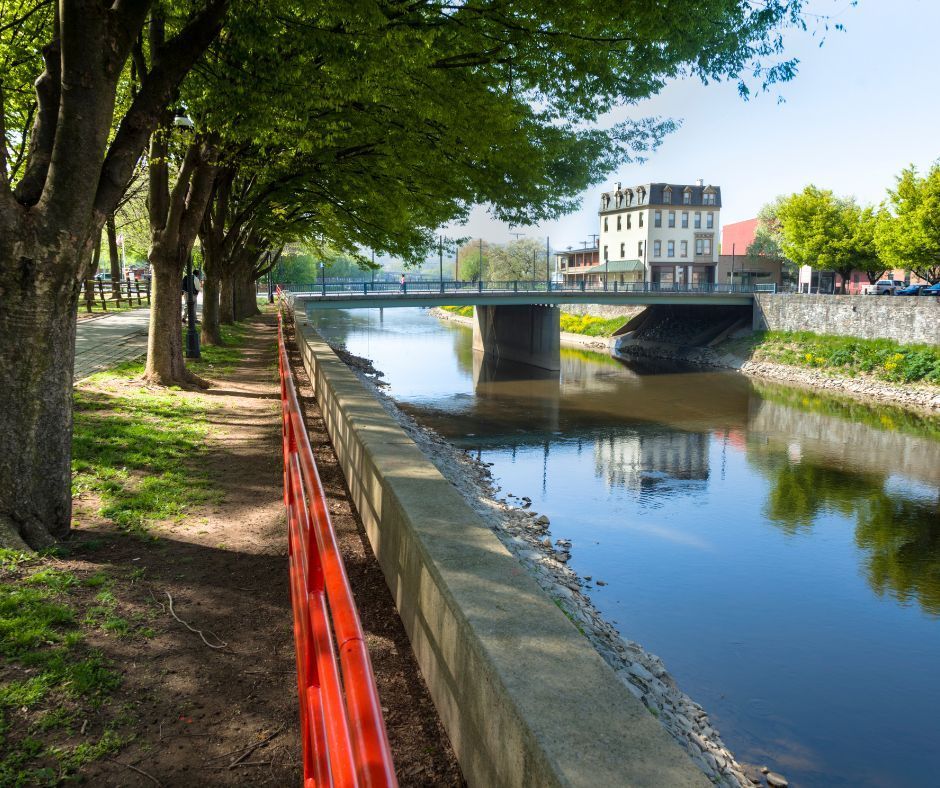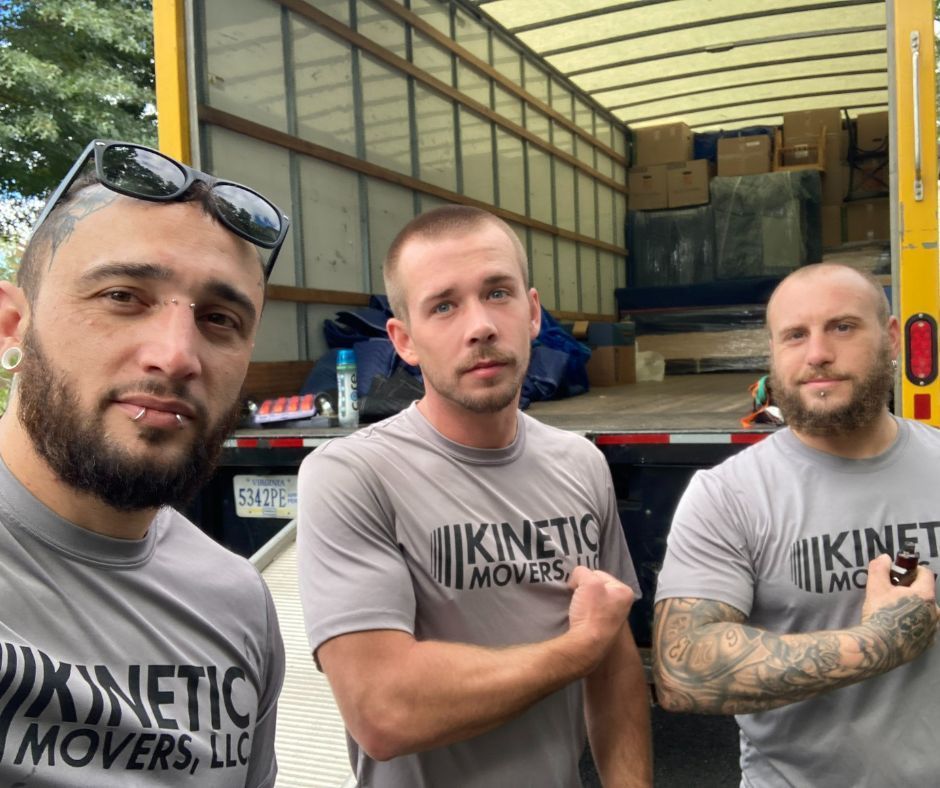THE BEST THINGS ABOUT LIVING IN YORK PA
Bryan Bloom • February 3, 2023
York, PA, is one of the fastest-growing cities in the United States. Between 2010 and 2016, the city's population grew by nearly 10%, double the national average for cities of its size. With a population of almost 45,000, this is the reason why so many families and individuals are moving to York. This blog post will look at some great things about living in York, PA. Keep reading to learn more!
Here’s why professional hiring movers is so great:
Facts About York, PA
- York is the capital of Pennsylvania. It’s named after England’s town of York. It is located 13 miles northeast of Harrisburg.
- York is the birthplace of the Pennsylvania Dutch.
- York County is located in NE, Pennsylvania.
- York City is located inside the county.
- York is popular among tourists.
- York was founded in 1749.
- York is 47.2 square miles.
- York has 39,857 housing units.
- York County is at the confluence of three rivers. The Susquehanna, the Muskingum, and the Juniata Rivers.
- The Susquehanna River forms the northeastern border of York City.
- The Susquehanna River is 673 square miles.
- The Susquehanna River rises in Cooperstown, NY, and is 340 miles long.
- The Susquehanna River flows into the Chesapeake Bay in Maryland.
- York was founded as a Quaker settlement.
Best things about living in York, PA
1. Park System. The 900-acre Baker Park is one of the largest municipal parks in the United States. It has biking paths, playgrounds, fishing, boating, and hiking.
2. Downtown York. The Downtown York Association sponsors dozens of events throughout the calendar year. They include craft fairs, art shows, and festivals.
3. County Seat. York is the county’s seat. The county was founded here in 1729.
4. William Penn. William Penn founded Pennsylvania, and York was its capital until he decided to move the capital to Philadelphia.
5. Museums. There are 20 museums in York. The York Little Theatre, the York County Heritage Trust, and the Pennsylvania Military Museum are the most popular.
2. Downtown York. The Downtown York Association sponsors dozens of events throughout the calendar year. They include craft fairs, art shows, and festivals.
3. County Seat. York is the county’s seat. The county was founded here in 1729.
4. William Penn. William Penn founded Pennsylvania, and York was its capital until he decided to move the capital to Philadelphia.
5. Museums. There are 20 museums in York. The York Little Theatre, the York County Heritage Trust, and the Pennsylvania Military Museum are the most popular.
Things to do in York, PA

York, PA, is full of attractions, so it can be hard to decide what you should add to your itinerary. Therefore, the following sites are not ranked in any particular order.
1. Historic District – Located on George Street, the Historic District is a collection of historic homes and buildings.
2. York Farm Show – The York Farm Show is an annual event that began in 1919. It’s held on a farm and farm-related businesses in York every year in January or February.
3. River Life Museum – The River Life Museum, located on Railroad Street, is dedicated to the history of the York River and York County. The museum features exhibits about the river’s connection to York County and the state’s oldest steamboat.
4. York Expo Center – The York Expo Center is a large venue that hosts various events, including concerts, trade shows, and conventions.
The restaurants of York serve a variety of cuisines. These include American, Chinese, French, Italian, Greek, and Thai. Also, several small, independent restaurants specialize in various ethnic cuisines.
If you’re looking to sample the local cuisine of York, PA, a few restaurants are highly recommended.
First, there’s the 100-year-old PYT Delicatessen. This sandwich shop specializes in a wide array of deli sandwiches, soups, salads, and coffees, all made fresh daily. They also serve a variety of beers, wines, and homemade ice creams.
Next, there’s the Blue Moon. This restaurant serves several delicious soups and specialty sandwiches. Their homemade soups include potato, broccoli cheese, and leek. Their specialty sandwiches include cheesesteaks and meatball parmigiana.
1. Historic District – Located on George Street, the Historic District is a collection of historic homes and buildings.
2. York Farm Show – The York Farm Show is an annual event that began in 1919. It’s held on a farm and farm-related businesses in York every year in January or February.
3. River Life Museum – The River Life Museum, located on Railroad Street, is dedicated to the history of the York River and York County. The museum features exhibits about the river’s connection to York County and the state’s oldest steamboat.
4. York Expo Center – The York Expo Center is a large venue that hosts various events, including concerts, trade shows, and conventions.
What to eat in York, PA.
York, Pennsylvania, was called “The Nation’s Kitchen.” This title was due to its booming culinary industry. Today, York, PA, has become a culinary paradise. The city has several restaurants along its Historic Downtown District. From big-city pizza to mouth-watering sandwiches to casual fare and sidewalk cafes, you can find it all in downtown York.The restaurants of York serve a variety of cuisines. These include American, Chinese, French, Italian, Greek, and Thai. Also, several small, independent restaurants specialize in various ethnic cuisines.
If you’re looking to sample the local cuisine of York, PA, a few restaurants are highly recommended.
First, there’s the 100-year-old PYT Delicatessen. This sandwich shop specializes in a wide array of deli sandwiches, soups, salads, and coffees, all made fresh daily. They also serve a variety of beers, wines, and homemade ice creams.
Next, there’s the Blue Moon. This restaurant serves several delicious soups and specialty sandwiches. Their homemade soups include potato, broccoli cheese, and leek. Their specialty sandwiches include cheesesteaks and meatball parmigiana.
Best things about living in York, PA
1. Park System. The 900-acre Baker Park is one of the largest municipal parks in the United States. It has biking paths, playgrounds, fishing, boating, and hiking.
2. Downtown York. The Downtown York Association sponsors dozens of events throughout the calendar year. They include craft fairs, art shows, and festivals.
3. County Seat. York is the county’s seat. The county was founded here in 1729.
4. William Penn. William Penn founded Pennsylvania, and York was its capital until he decided to move the capital to Philadelphia.
5. Museums. There are 20 museums in York. The York Little Theatre, the York County Heritage Trust, and the Pennsylvania Military Museum are the most popular.
2. Downtown York. The Downtown York Association sponsors dozens of events throughout the calendar year. They include craft fairs, art shows, and festivals.
3. County Seat. York is the county’s seat. The county was founded here in 1729.
4. William Penn. William Penn founded Pennsylvania, and York was its capital until he decided to move the capital to Philadelphia.
5. Museums. There are 20 museums in York. The York Little Theatre, the York County Heritage Trust, and the Pennsylvania Military Museum are the most popular.
Things to consider when moving to York, PA

1. Moving to York may take a little more effort than moving out of the city. Traffic can get wrong, and you may have to wait a while before finding a good parking spot.
2. York is an ancient city. It has some difficulties in finding places to park. All classes are metered, and parking permits are required to park in specific areas.
3. York has steep hills in some areas, especially for people in walking areas who are not used to hills.
4. York is very hilly. There are not many parking lots in town; you have to pay to loiter in most places, and parking spots are often hard to find.
5. York has many hills. Most people who move to York are used to being around hills, but people new to the area may not like the mountain.
6. York is an ancient city with a lot of history. There are usually a lot of tourists around the Olde City District, which can be challenging to navigate.
7. York has many hills. Many of the roads in and around the city are very steep.
8. York has a lot of hills. As a result, driving around the city can be dangerous.
9. York has beautiful parks, but parking isn’t effortless. Parks are often metered
As you can see, York, PA, has a lot to offer. So whether you’re a recent transplant looking for tips on surviving your first year in the city or a resident who wants to share your love of the town with others, I hope you found this helpful information.
2. York is an ancient city. It has some difficulties in finding places to park. All classes are metered, and parking permits are required to park in specific areas.
3. York has steep hills in some areas, especially for people in walking areas who are not used to hills.
4. York is very hilly. There are not many parking lots in town; you have to pay to loiter in most places, and parking spots are often hard to find.
5. York has many hills. Most people who move to York are used to being around hills, but people new to the area may not like the mountain.
6. York is an ancient city with a lot of history. There are usually a lot of tourists around the Olde City District, which can be challenging to navigate.
7. York has many hills. Many of the roads in and around the city are very steep.
8. York has a lot of hills. As a result, driving around the city can be dangerous.
9. York has beautiful parks, but parking isn’t effortless. Parks are often metered
As you can see, York, PA, has a lot to offer. So whether you’re a recent transplant looking for tips on surviving your first year in the city or a resident who wants to share your love of the town with others, I hope you found this helpful information.

If you have decided to live in this beautiful city of York, PA and need a professional moving company in PA,
Kinetic Movers
is always ready to help you! Call us at
717-819-6339
and get your FREE moving quote.



